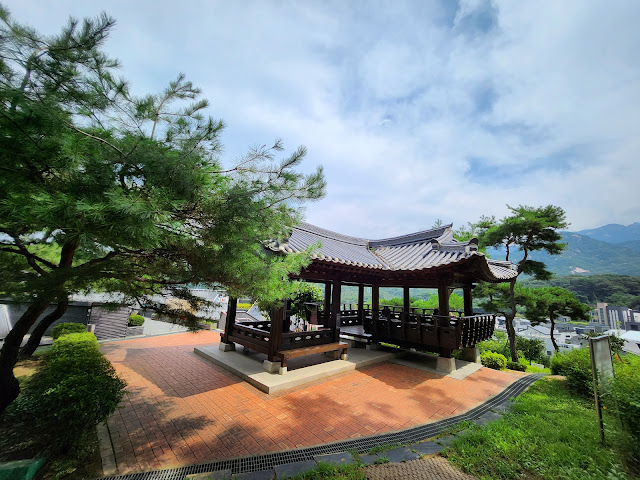Why only Bukchon Hanok Village even though there is Eungpyeong Hanok Village? Eunpyeong is home to a beautiful and less tourist Hanok village. This area was developed as per the plan of Seoul City in 2010 to be a historical, cultural, and tourist site.
Most houses in Eunpyeong are a little bit different from houses in Bukchon. They are modernized houses using different materials for the walls, underfloor heating systems, and so on. Especially, a two-story house in Eunpyeong while an original one-story house.
The general characteristics of Hanok are:
- Using natural materials such as earth, stone, wood
- Underfloor heating system in rooms
- Wooden floor called Maru (similar to the living room)
- Using Korean paper Hanji
- Largely classified into two types; namely, tile-roofed houses and rice straw-roofed houses
The plan for Seoul City seemed to have failed thus it’s good to enjoy some quiet time, and walks. There are some great cafes to check out here too as well as walking paths to nearby temples, along with clean streams, and up into the mountain.
Visitors may rent a Korean traditional costume at the Neonadeulyi Center right next to the museum parking lot entrance. Pre-reservation required.
Just up a clearly marked road from the village (walk within 10 minutes), an easy walk for those that are less inclined to hike and stroller friendly for those with kiddos, sits Jingwansa Temple.
This temple was built in 1010 and it is known that King Sejong the Great let scholars study various letters. It was burnt down during the Korean War and Most temple buildings were restored in 1973.

There is another temple, Samcheonsa
Temple, around 1 km from the village.
Founded in 661, this temple gets its name from the legend saying it housed more than 3,000 practicing monks (samcheon means 3,000 in Korean). It was burnt down during the Japanese invasion in 1592 and then it was restored.
Engraved on a giant boulder to the back of Daeungjeon Hall is a standing Sakyamuni Buddha statue dating back to the early Goryeo Dynasty.
.jpg)
.jpg)
.jpg)
.jpg)
.jpg)
.jpg)
.jpg)
.jpg)
.jpg)

























